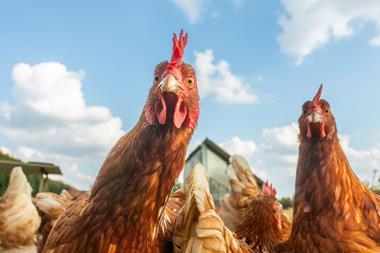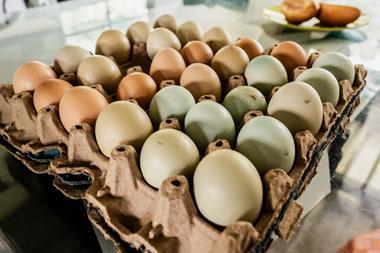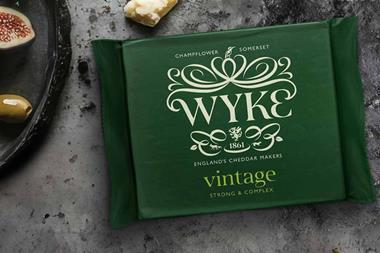Nearly two fifths of consumers have switched from buying intensively farmed to free-range chicken since last month's Big Food Fight TV programmes.
Some 38% of shoppers questioned as part of research by G2 Data Dynamics said they had changed their purchasing behaviour. Over 75s, 65 to 74-year-olds and 25 to 34-year-olds were most likely to have been swayed, with 41% of each group switching to free-range.
Though 36% of people stated that they were still committed to buying intensively-farmed chicken for the foreseeable future, the fact that so many had been persuaded to change their buying habits will be seen as a victory for the programmes' makers. "Following all the publicity, we have enjoyed increased sales of free-range and organic, but this hasn't been to the detriment of standard chicken sales," said Grampian Country Food Group spokesman Alasdair Cox.
Poultry farmer Peter Colema, of Creedy Carver Chickens - who refused to take part in the programmes - reported a 15% increase in demand for free -range birds. "There has been a significant upturn in demand for free-range birds since the programme and we have gained a number of new customers," said Coleman, who farms free-range, barn-reared and standard chicken, and supplies about 500 outlets.
"It started the week after the programme, with local butchers buying more free-range from us, and trade has increased right across the board. We thought it was speculation and would drop back the week after, but it didn't."
However, sales of standard birds have also risen, said British Poultry Council executive officer Jeremy Blackburn. "Perhaps it underlines the complex nature of the consumer that many saw the programmes and were reaffirmed in their purchasing of Red Tractor chicken," he said.


















No comments yet